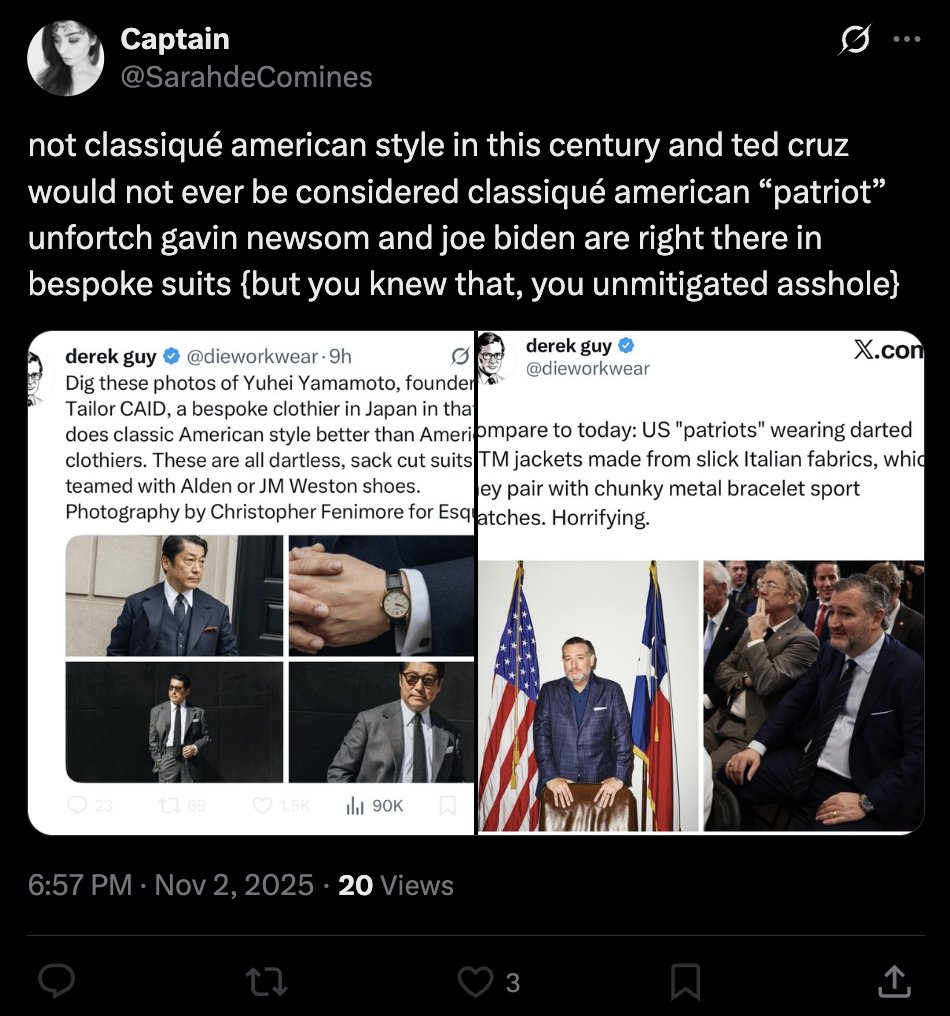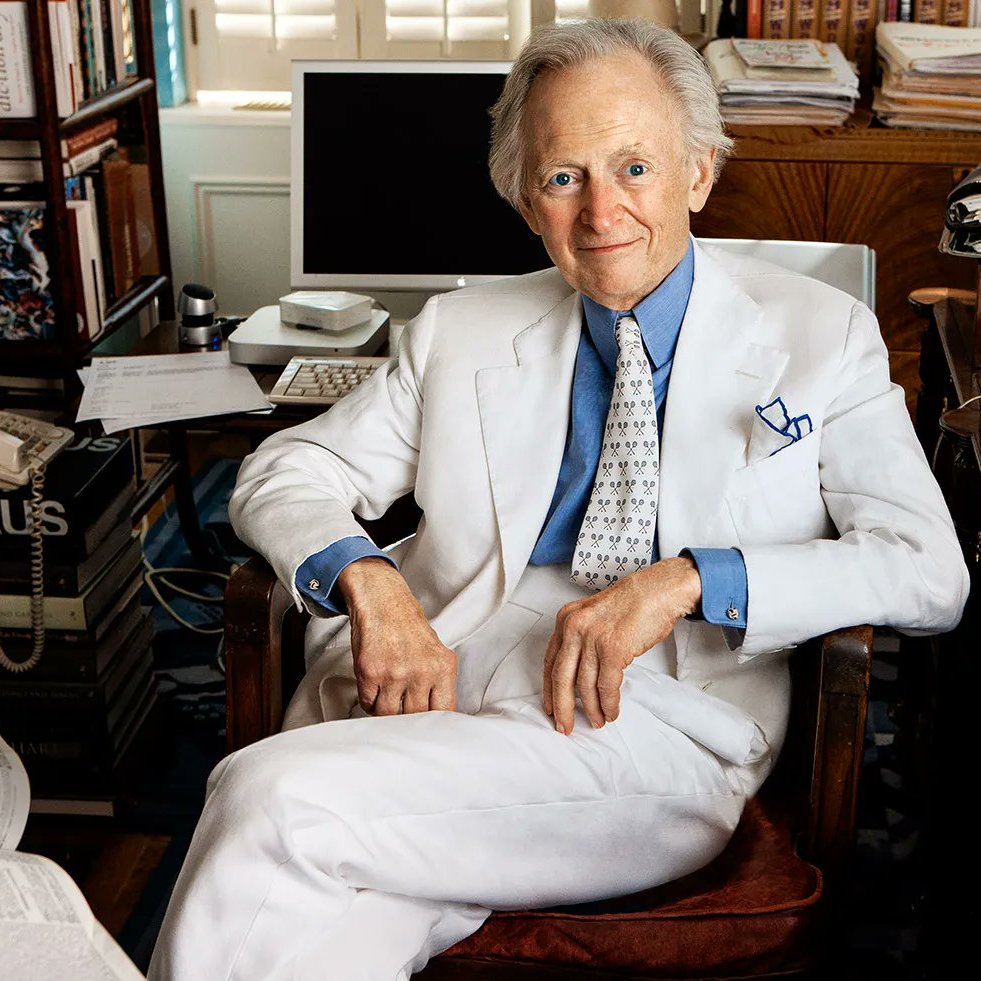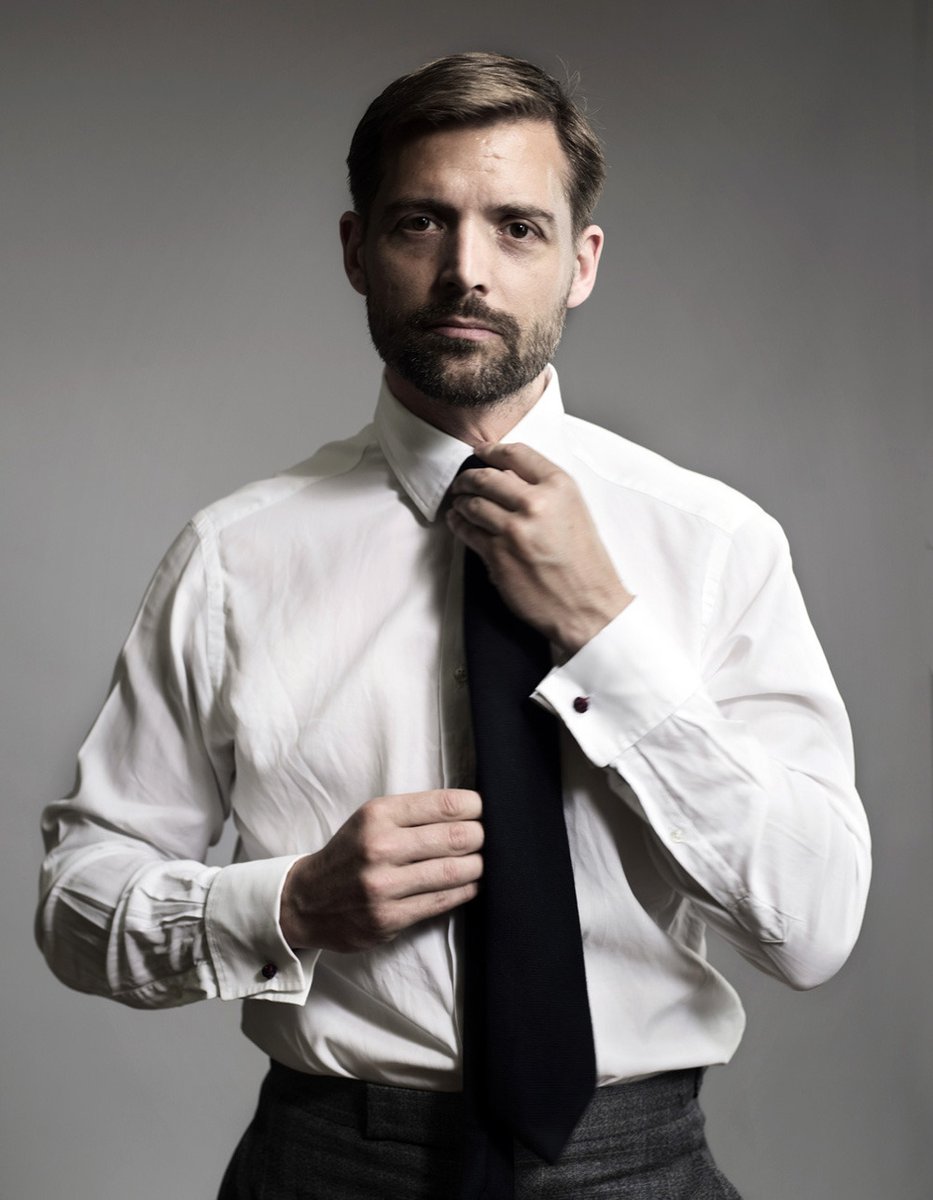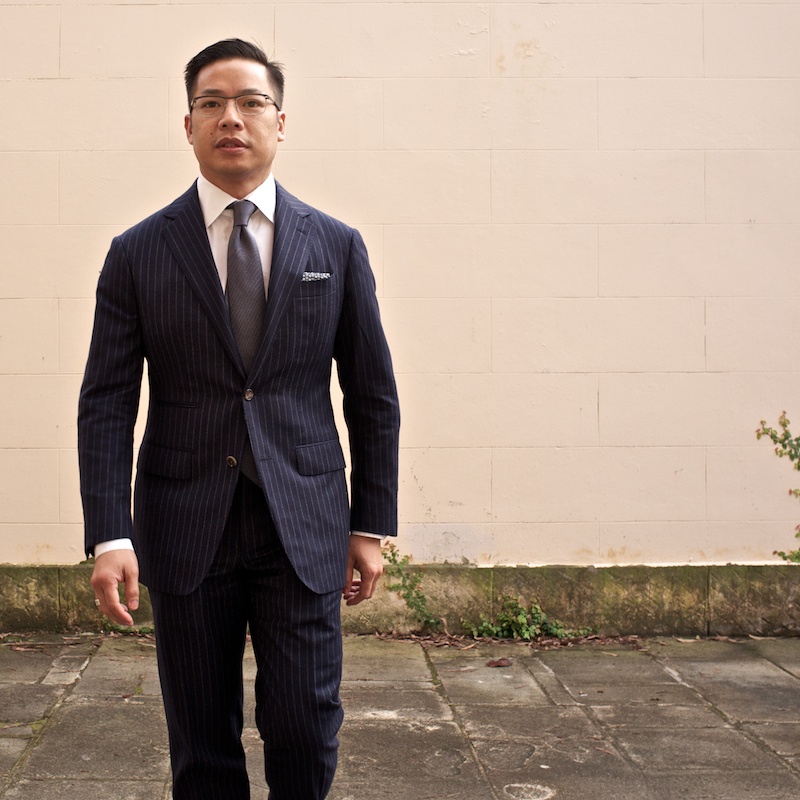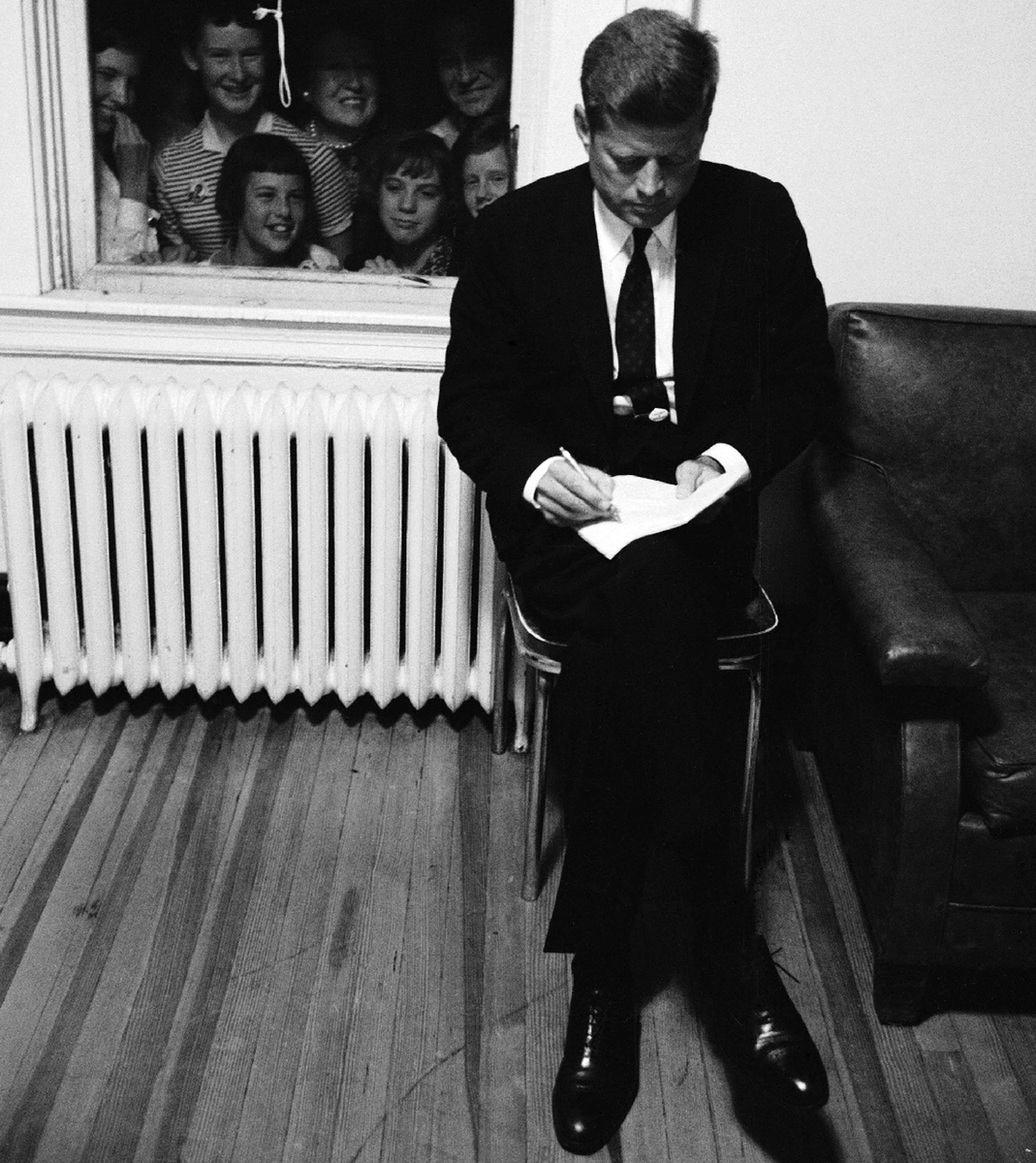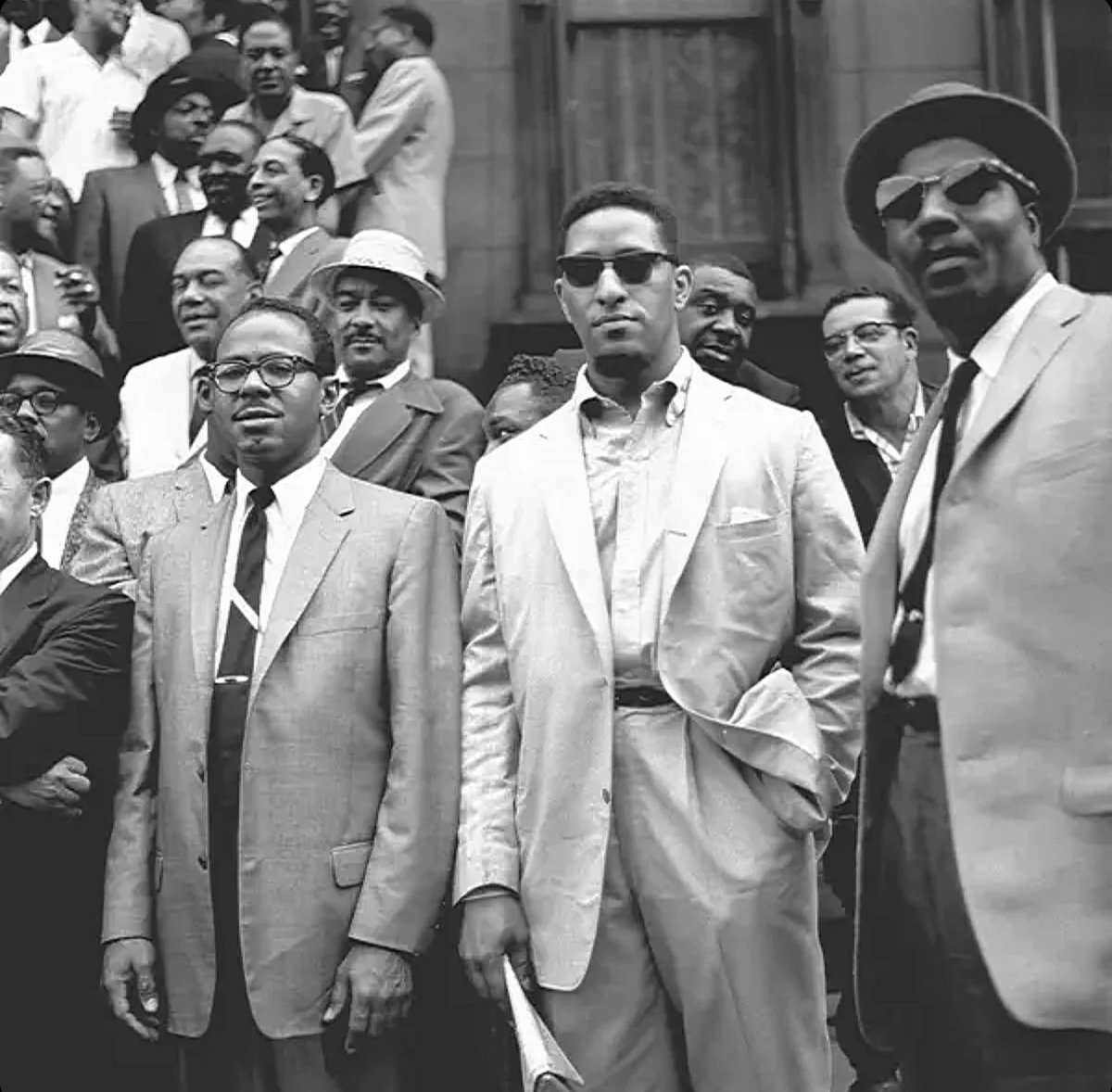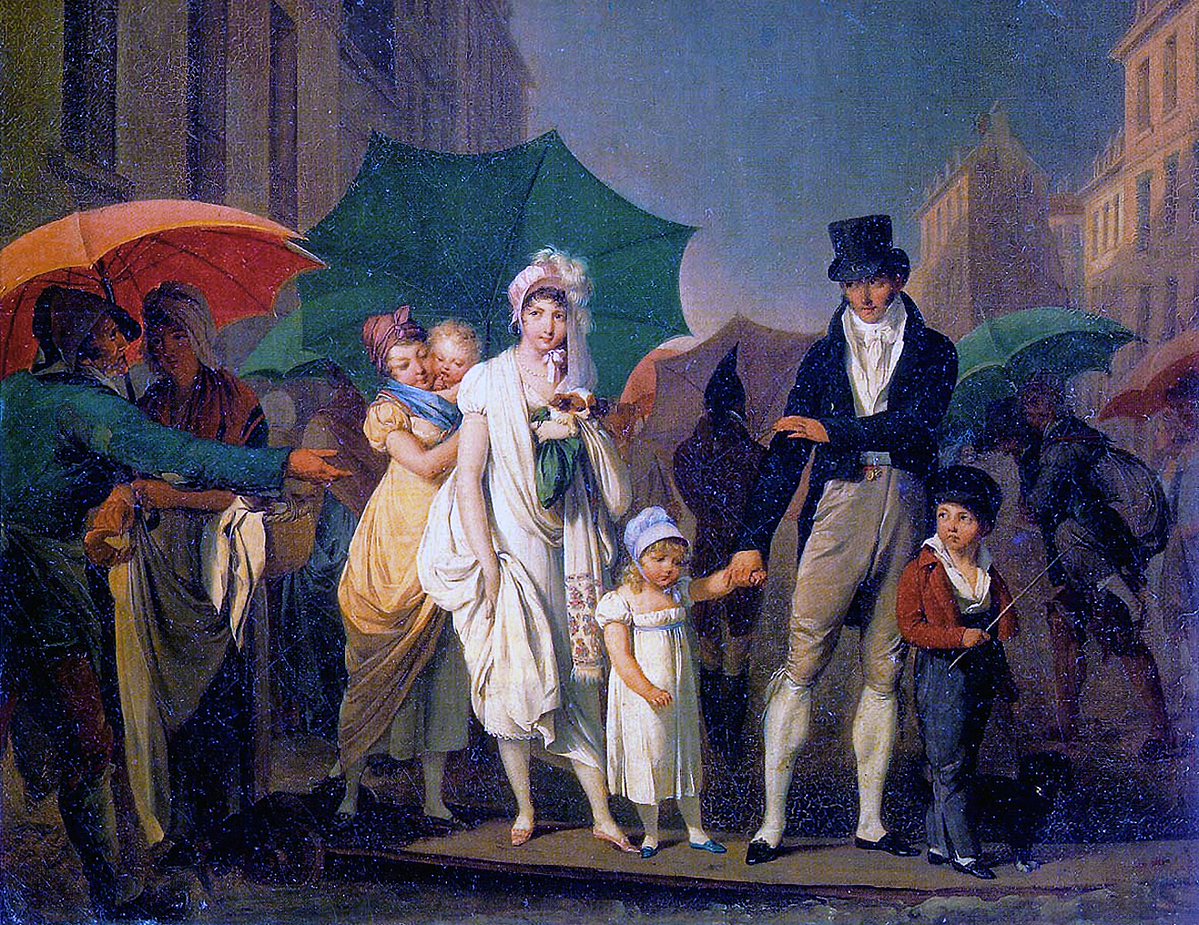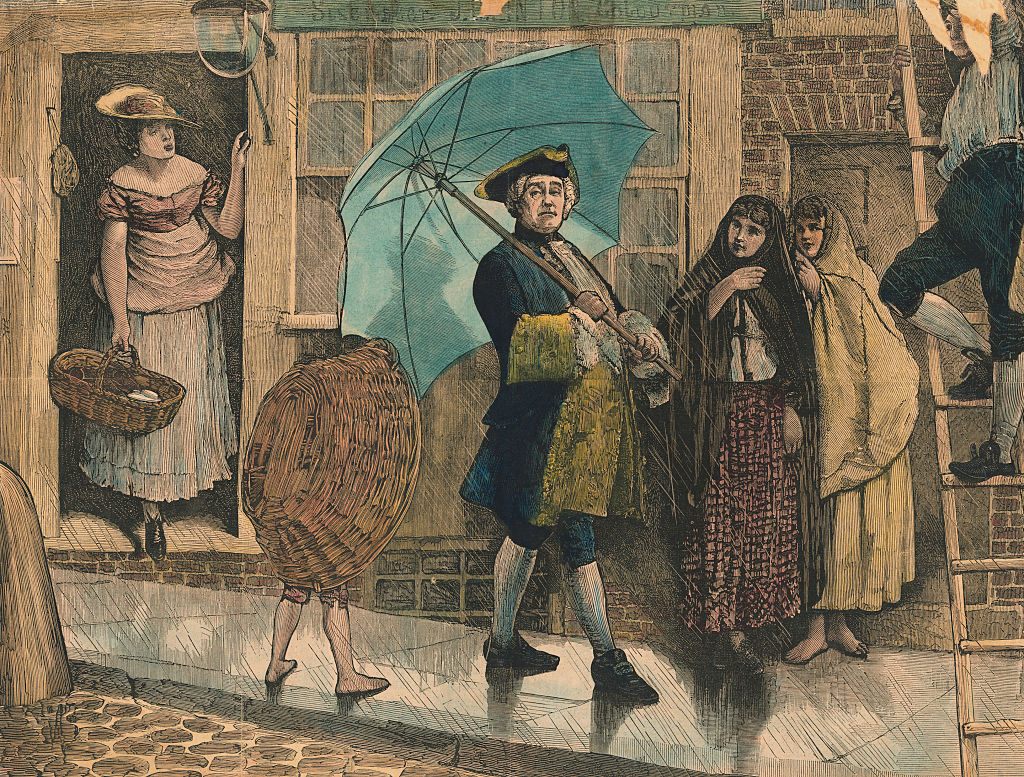But RFK doesn't look good? He's the worst dressed major politician in this election cycle. Here are some ways he could look better. 🧵
https://twitter.com/greg_price11/status/1827091855118324091
RFK has a very athletic build, which may account for why his jacket's collar often lifts from his neck. It's fine for a jacket's collar to sometimes lift off your neck — be realistic — but RFK's collar gap is so bad that you know it's an issue of fit.




It's possible to get tailoring that fits an athletic figure well. But depending on the extremeness of your "drop" (difference between chest and waist measurement), you may need custom. Key is to get something that doesn't fit like saran wrap. This is good:




Another issue regards understanding the language of formality. RFK's black dress belt, which is 1.25" in width, is too dressy for his jeans. He needs a much more casual belt, such as something 1.5" in width. Dress belts are for tailored trousers; jeans require something casual






Finally, there's the issue of proportions. Tiny shirt collars, such as the one on the left, should never be worn with a tie (ideally, they should never be worn at all, but certainly not with neckwear). RFK should stick to the bigger collars seen on the right.




The charm of a button-down collar is entirely in the way the collar rolls when the points are fastened to the body. This forms an S-shape like a floating angel's wings. Tiny collars suffocate this effect and look like they're apologizing for even existing.








Finally, my guess is that RFK likes wearing these skinny ties because they were popular in the 1960s, when people such as John and Bobby Kennedy were style icons. A bit of family style history, which is admirable.




But RFK's ties lack the sleek, modish look of those 1960s designs. Instead, he wears skinny polyester ties from Otaa. They have little quirky designs, which feels more twee than cool.




Crucially, his ties are too skinny for his lapels. The best of those 1960s ensembles worked when they paired skinny ties with skinny lapels. When choosing a tie, try to get a width that's roughly the same width as your lapels to keep proper proportions.




Personally don't think you need to obsessively work out to look good at age 70 (or any age). Here's Yukio Akamine, who's older than RFK Jr. I think he looks great because he knows a few things about dress and has good taste.








• • •
Missing some Tweet in this thread? You can try to
force a refresh


